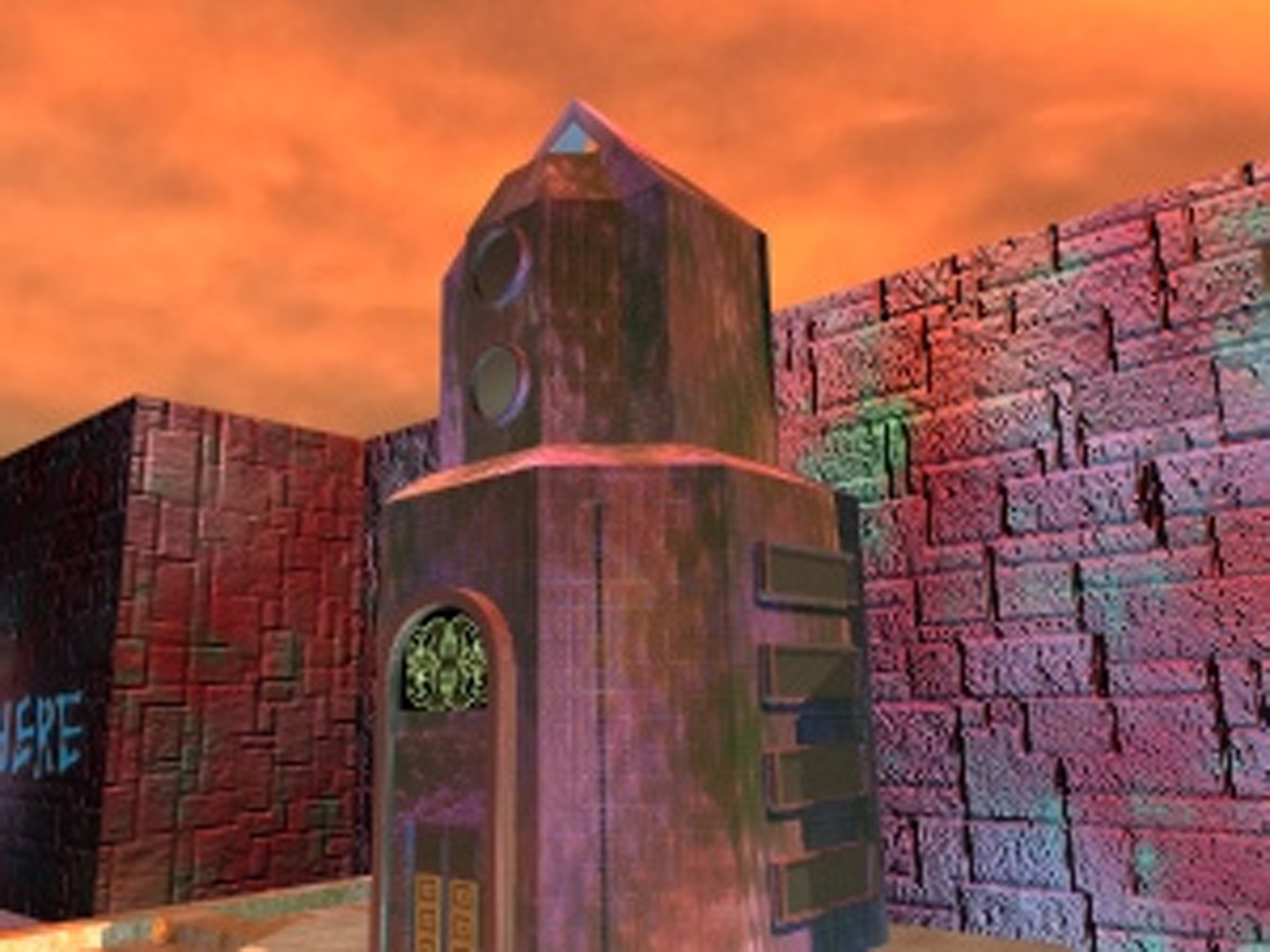“Deep compression for streaming texture intensive animations” by Cohen-Or, Mann and Fleishman
Conference:
Type(s):
Title:
- Deep compression for streaming texture intensive animations
Presenter(s)/Author(s):
Abstract:
This paper presents a streaming technique for synthetic texture intensive 3D animation sequences. There is a short latency time while downloading the animation, until an initial fraction of the compressed data is read by the client. As the animation is played, the remainder of the data is streamed online seamlessly to the client. The technique exploits frame-to-frame coherence for transmitting geometric and texture streams. Instead of using the original textures of the model, the texture stream consists of view-dependent textures which are generated by rendering offline nearby views. These textures have a strong temporal coherency and can thus be well compressed. As a consequence, the bandwidth of the stream of the view-dependent textures is narrow enough to be transmitted together with the geometry stream over a low bandwidth network. These two streams maintain a small online cache of geometry and view-dependent textures from which the client renders the walk-through sequence in real-time. The overall data transmitted over the network is an order of magnitude smaller than an MPEG post-rendered sequence with an equivalent image quality.
References:
1. G. Adiv, Determining three-dimensional motion and structure from optical flow generated by several moving objects. in IEEE Transactions on PAMI, 7(4):384-401, July 1985.
2. M. Agrawala, A. Beers and N. Chaddha. Model-based motion estimation for synthetic animations. Proc. A CM Multimedia ’95.
3. D.G. Aliaga. Visualization of complex models using dynamic texture-based simplification. Proceedings of Visualization 96, 101-106, October 1996.
4. S.E. Chen and L. Williams. View interpolation for image synthesis. Computer Graphics (SIGGRAPH ’93 Proceedings), 279-288, August 1993.
5. L. Darsa and B. Costa and A. Varshney. Navigating static environments using image-space simplification and morphing. 1997 Symposium on Interactive 3D Graphics, Providence, Rhode Island; April 28-30, 1997.
6. P.E. Debevec, C.J. Taylor and J. Malik. Modeling and Rendering Architecture from Photographs: A Hybrid Geometry- and Image-Based Approach. Computer Graphics (SIGGRAPH ’96 Proceedings), 11-20, August 1996.
7. G.H. Golub, C.F. Van Loan. Matrix Computations. Second edition, pp. 56-60.
8. J. Hardenberg, G. Bell and M. Pesce. VRML: Using 3D to surf the web. SIGGRAPH’95 course, No. 12 (1995).
9. D. LeGall. MPEG: A video compression standard for multimedia applications, in Communications of the A CM, Vol 34(4), April 1991, pp. 46-58.
10. P.S. Heckbert and H.P. Moreton. Interpolation for polygon texture mapping and shading. State of the Art in Computer Graphics: Visualization and Modeling. pp. 101-111, 1991.
11. Jed Lengyel and John Snyder. Rendering with Coherent Layers, Computer Graphics (SIGGRAPH 97 Proceedings), 233- 242, August 1997.
12. M. Levoy. Polygon-assisted JPEG and MPEG compression of synthetic images. Computer Graphics ( SIGGRAPH ’95 Proceeding), 21-28, August 1995.
13. P.W.C. Maciel and P. Shirley. Visual navigation of large environments using textured clusters. 1995 Symposium on Interactive 3D Graphic, 95-102, April 1995.
14. Y. Mann and D. Cohen-Or. Selective pixel transmission for navigating in remote virtual environments, in Computer Graphics Forum (Proceedings of Eurographics’97), Volume 16(3), 201-206, September 1997.
15. W.R. Mark, L. McMillan, G. Bishop. Post-rendering 3D warping. Proceedings of 1997 Symposium on Interactive 3D Graphic, Providence, Rhode Island; April 28-30, 1997.
16. M. Segal, C Korobkin, R. van Widenfelt, J. Foran and P. Haeberli. Fast shadows and lighting effects using texture mapping. Computer Graphics (SIGGRAPH ’92 Proceedings), 249-252, 1992.
17. G. Schaufler and W. Sturzlinger. A three dimensional image cache for virtual reality, in Computer Graphics Forum (Proceedings of Eurographics’96), Volume 15(3), 227-235, 1996
18. G. Schaufler. Per-Object Image Warping with Layered Impostors, in Proceedings of the 9th Eurographics Workshop on Rendering ’98, Vienna, 145-156, June 1998.
19. D. Schmalstieg and M. Gervautz. Demand-driven geometry transmission for distributed virtual environment. Eurographics ’96, Computer Graphics Forum, Volume 15(3), 421-432, 1996.
20. J. Shade, D. Lischinski, D.H. Salesin, J. Snyder and T. DeRose. Hierarchical image caching for accelerated walkthroughs of complex environments. Computer Graphics (SIG- GRAPH ’96 Proceedings),
21. F. Sillion, G. Drettakis, and B. Bodelet. Efficient impostor manipulation for real-time visualization of urban scenery, in Computer Graphics Forum (Proceedings of Eurographics’97), Volume 16(3), 207-218, September 1997.
22. D.S. Wallach, S. Kunapalli and M.F. Cohen. Accelerated MPEG compression of dynamic polygonal scenes. Computer Graphics (SIGGRAPH ’94 Proceedings), 193-197, July 1994.




